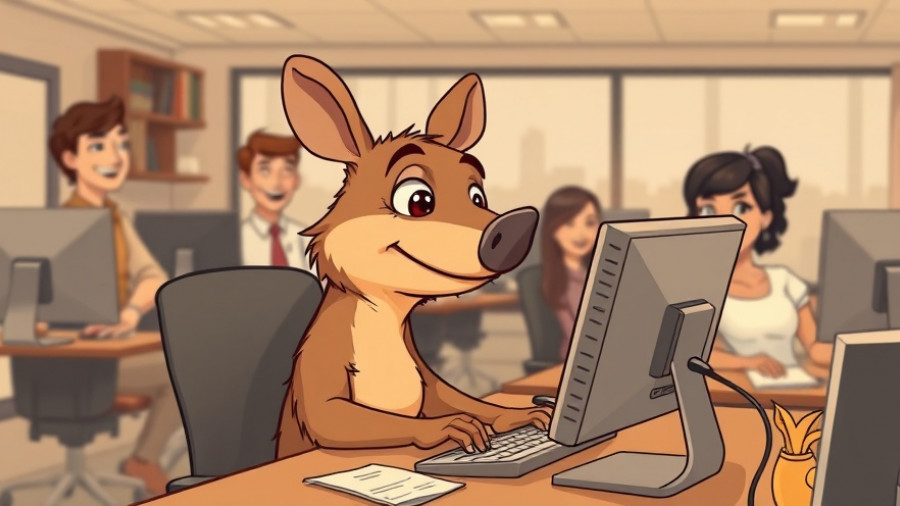
The Next Frontier in Cybersecurity: Meet Aardvark
OpenAI has unveiled Aardvark, a groundbreaking autonomous cybersecurity agent powered by GPT-5. Aardvark isn’t just another tool for detecting vulnerabilities; it represents a significant leap forward in how security research can be automated, allowing software development teams to maintain continuous vigilance against potential threats.
What Aardvark Brings to the Table
This innovative tool operates 24/7, aiming to emulate the workflow of human experts. Aardvark provides a multi-stage process that involves threat modeling, commit-level scanning, validation in sandbox environments, and automated patching. While traditional security tools often overlook nuanced flaws, Aardvark's advanced reasoning capabilities help surface vulnerabilities that might otherwise evade detection.
Enhancing Developer Workflows
Designed to integrate seamlessly with existing development environments, Aardvark works in conjunction with platforms like GitHub. Its ability to generate patches and facilitate human-auditable insights creates an expected partnership between developers and security researchers, minimizing disruptions. This integration is particularly vital given that in 2024 alone, the cybersecurity landscape saw over 40,000 Common Vulnerabilities and Exposures (CVEs), underlining the urgent need for tools that can autonomously navigate this complexity.
Real-World Performance: How Effective is Aardvark?
According to OpenAI, Aardvark has shown an impressive ability to identify vulnerabilities, correctly pinpointing 92% of issues during testing phases across various codebases. Its operational focus on both known and synthetic vulnerabilities gives it broader utility, extending beyond the traditional realm of security to include more intricate software bugs that could impact functionality and privacy. This success is not merely anecdotal; early deployments have already led to the discovery of critical issues that received CVE identifications.
Potential Implications for Businesses
The introduction of Aardvark can serve as a game changer for small and large businesses alike. As security leaders are tasked with managing incident responses and threat detection, Aardvark has the potential to act as a 'force multiplier,' enhancing team efficiency. As organizations face increasing demands for security without proportionate team capacity, tools like Aardvark could empower smaller teams to maintain rigorous security postures without being overwhelmed.
Looking Ahead: The Future of Security Software
The launch of Aardvark signals a growing trend towards employing autonomous systems in cybersecurity. As AI capabilities continue to evolve, we can expect improvements in the accuracy of vulnerability detection, paving the way for more integrated approaches to software security. Security is transitioning from being a reactive measure to a proactive line of defense, allowing teams to stay agile and responsive in a rapidly changing digital landscape.
- Be proactive: Integrate tools like Aardvark early in the software development process.
- Foster collaboration: Encourage team discussions on vulnerabilities found by Aardvark for collective learning.
- Monitor developments: Stay informed about OenAI’s public feedback and updates from the Aardvark beta.
As organizations look to enhance their security protocols, Aardvark offers a promising solution that combines AI efficiency with actionable insights, ensuring that security adapts to the pace of modern software development. To stay ahead in this evolving landscape, prioritize adopting innovative cybersecurity solutions.
 Add Row
Add Row  Add
Add 




Write A Comment